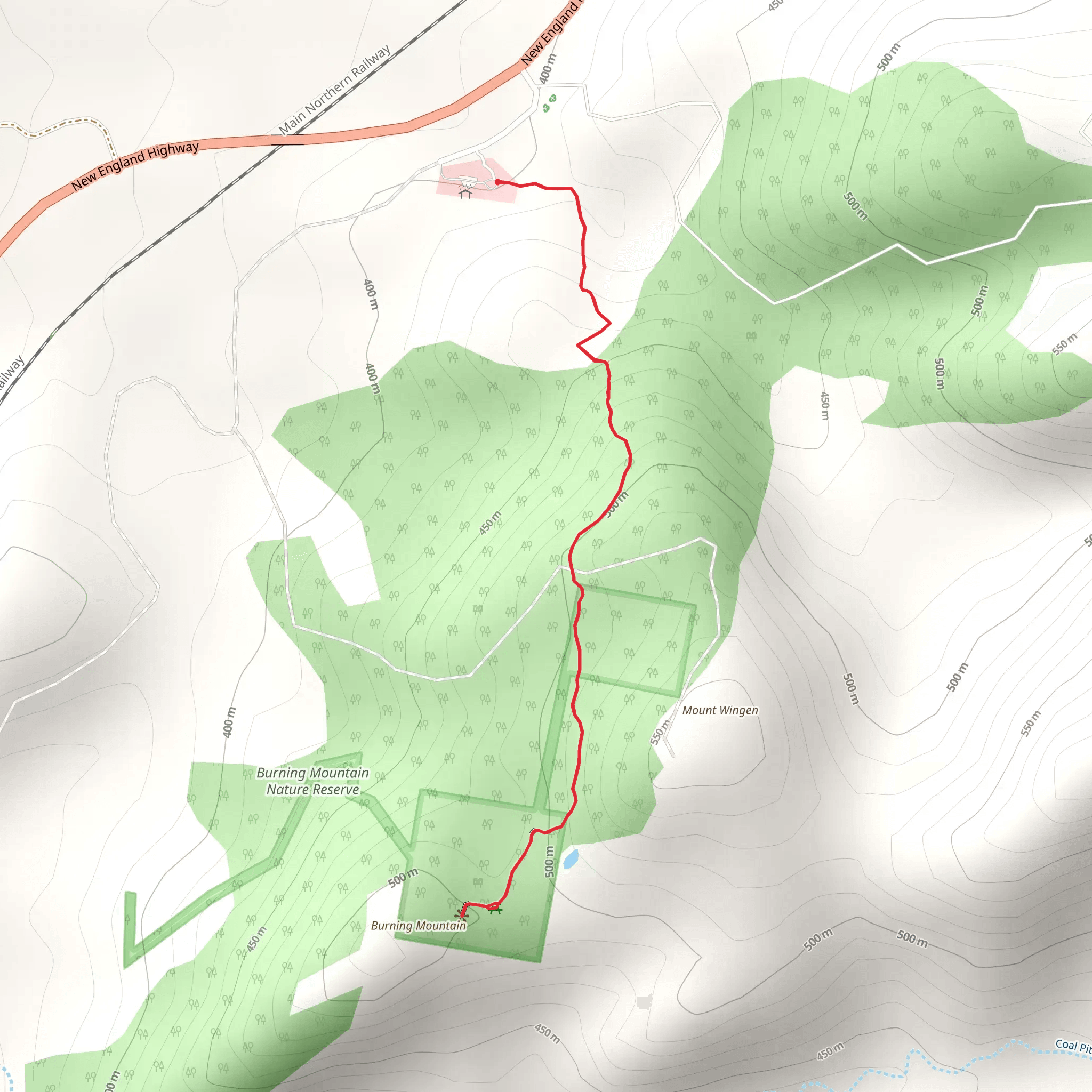
Download
Preview
Add to list
More
3.7 km
~56 min
126 m
Loop
The Burning Mountain Walk is a 3.7 km looped trail that starts and ends in Upper Hunter Shire, Upper Hunter Shire, New South Wales. Based on our data, the hike is graded as Medium. For information on how we grade trails, please read measuring the difficulty of a hiking trail on hiiker. Also, check our latest community posts for trail updates. This hike can be completed in approx 0 hrs 57 mins. Caution is advised on trail times as this depends on multiple variables. For more info read about how we calculate hike time.
What to expect?
Activity types
Comments and Reviews
User comments, reviews and discussions about the Burning Mountain Walk, New South Wales.
average rating out of 5
0 rating(s)
